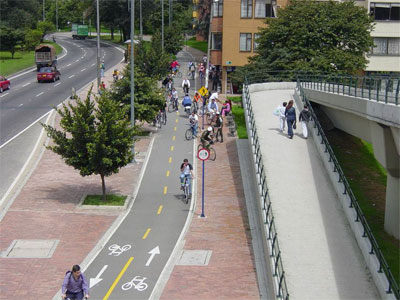For many, the best part about college is moving out and enjoying the newfound freedom, but now as graduation nears, how “free” do these graduates want to be? Since 2007, more and more college graduates have been returning to live with their parents due to the struggling economy; and according to a recent study by the University of Southern California Lusk Center of Real Estate, this trend continues to drive the economy to a deeper sorrow.
As students transition to move back in with their parents, many industries lose business and income. For example, real estate brokers and sales agents will miss out on commission, less demand for housing is needed, construction jobs are reduced, furniture stores will sell less product, service providers miss out on contracts for internet, telephone, cable etc., and the “paradox of thrift” or cause and effect scenario keeps going.
While there are couples in their later 20’s and early 30’s starting families, moving out and sparking economic growth, the number of recent graduates moving back in exceeds this group. On top of that, the median age for “leaving the nest” is rising as the economy worsens. According to the data in the New York Times article, 950,000 new households were created last year, but is significantly lower than 2007 numbers when 1.3 million new households were created.
How do we fix this downward spiral?
While the solution may be as simple as increasing spending, it will be difficult to persuade the 25% of jobless graduates to do so. But in reality, by holding back spending, the economy is only worsening. As Robert Reich, economist and UC Berkeley professor, advocates that the middle class is the backbone of the economy and the ones who have the means to spend, need to. Big spending is not what is required but a little bit by a larger group will go a long way.
The other beacon of hope is that large group of individuals who have been holding back rent checks and saving money. We can only hope this group of people is nearing the ability to take the leap to purchasing a home. In order to incentivize this crucial group of potential homebuyers, programs such as “first time home buyer” tax incentives need to make a comeback. Are you listening Federal Housing Administration? Let Americans feel safe to leave the nest.







